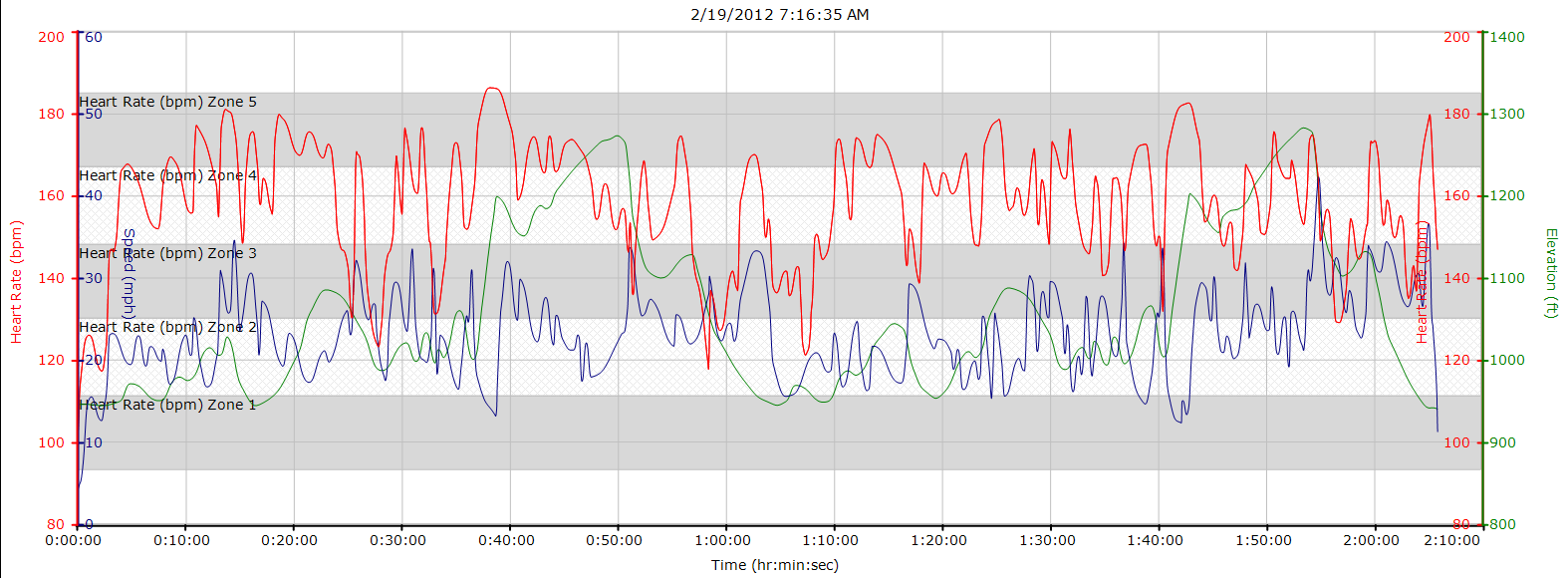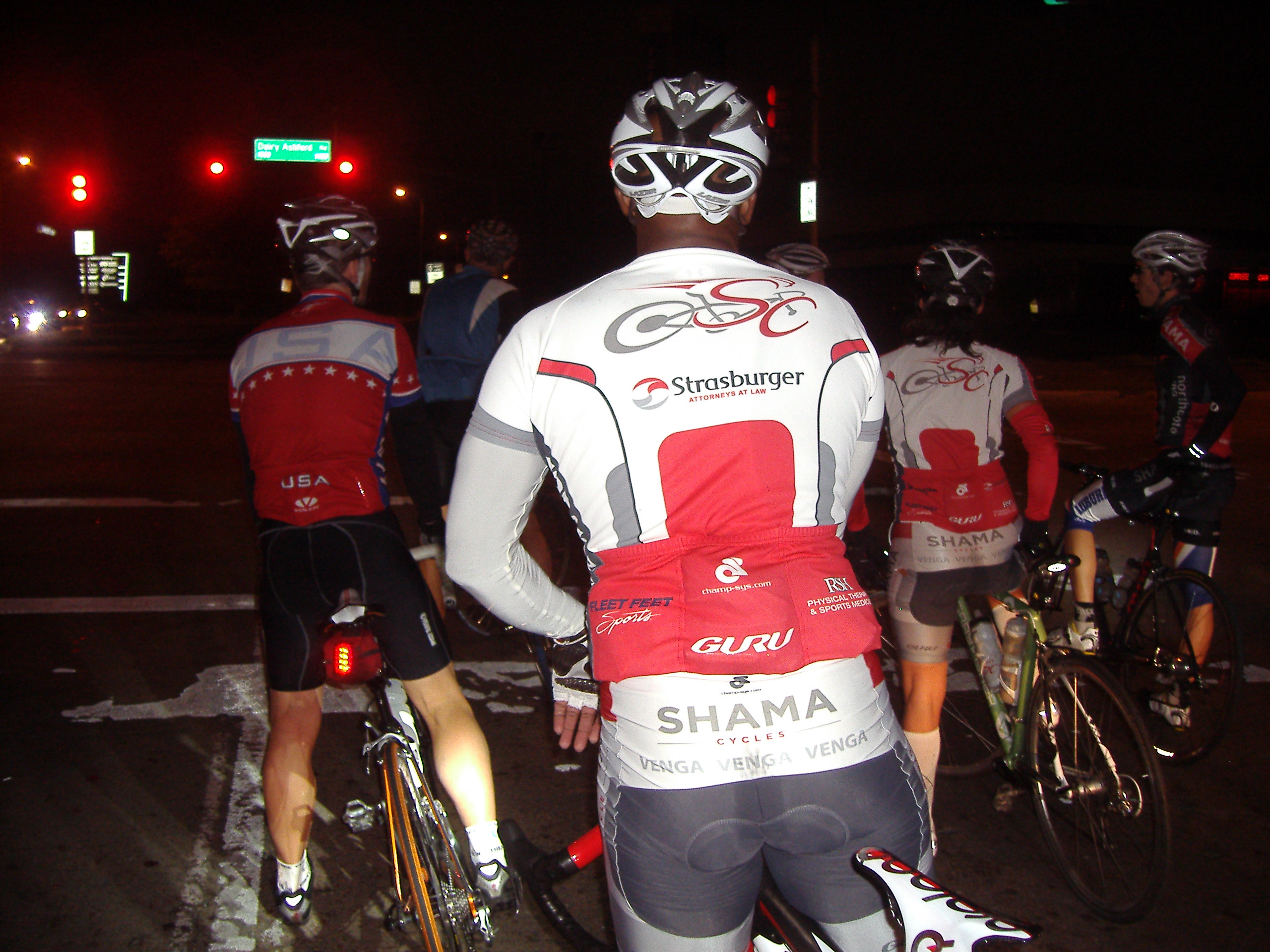Hey everyone,
It’s been a year since I’ve moved into my new place after starting my current job. I first started working in November of 2010 after getting a call from one of the recruiters at my old job, who offered me an internship, and I remember feeling really excited about starting my career. I had a lot of misconceptions about what work would be like, from the difficulty of the tasks to the amount of free time I would have left over to pursue my hobbies. Each day I would have to wake up at 5:00 AM and commute for about an hour or more and arrive at work at 7:00. Afterward, I would feel exhausted and that gave me little motivation to train or study for my exams. Even though I didn’t have to worry about rent and had my parents helping out with the cooking and laundry and things like that, I felt I didn’t have enough time to get anything done.
I managed to acquire full-time work in March at another company, and at the time of the offer I decided to move out and find my own place closer to the office. I’d say I have about the same amount of free time now as I did at the time of my old job, but over the months I’ve learned how to manage it better. At first, all of the household responsibilities piled up at once and I had a difficult time prioritizing my tasks and ended up skipping exam MLC along with the spring races. However, little by little, I stopped doing the things that were eating up time – for example, I stopped playing video games and have almost stopped watching television all together – and this has allowed me to focus more on cycling and studying. I still have a lot of things to improve on – for instance, I still have trouble getting enough sleep. I think I averaged only 6.5 hours a night last week. Anyway I’m still setting monthly resolutions. Last month I tried to record my personal data every day. I was successful about 65% of the time. Incidentally, today I read an article that Stephen Wolfram had been doing an extreme version of the same thing since the 1980s – keeping track of all his footsteps, keystrokes, emails, files, and phone calls. Like the author, I’d really like to know how he did that so meticulously. Anyhow, this month I decided that I hadn’t been eating enough fruit (I’ve only averaged .65 servings/day in the last year), so I’m trying to eat at least 1 serving a day, hopefully reaching 2-3 servings. I have to be realistic though, so I think 1 serving a day is something attainable – at least for this month. I’m only counting actual fruit – not juice or processed food with fruit in it. I’ve averaged 1 serving/per day so far.
I didn’t race last weekend, but I’ll be racing next weekend. In lieu of a race report, here are some updates
I started reading a Sociology book
This book reminds me a lot about the Anthropology course I took my senior year, especially when it comes to thinking about cultural taboos and how a lot of the things we see as normal in our society can be strange or unacceptable to others, and vice-versa. In my Anthropology course, the professor focused more on case studies involving inner-city youth, different dialects amongst Americans, and the role of cell phones in developing nations. This book, on the other hand, deals more with broader concepts like how we think of morality based on our idea of appropriate gender roles, how we divide people into “winners” and “losers” and how we value people based on their occupations or social status, and how these criteria for judgment arise in the first place. I think it’s all very interesting. This subject isn’t my forte both in theory and in real life, but by reading this introduction I aim to gain a better understanding as well as build a framework for the possible study of mathematical networks, should I ever reach that point.
I started reading Using R for Introductory Statistics
I first set up RStudio on a Linux server a few months ago, and I haven’t really touched it since. I started learning R in the Fall of last year and I got the basic syntax down. Recently, a project came up at work and I’ll need to use R to crunch some of the numbers so I picked up this book to help me refresh my Statistics knowledge and that of R itself. I would have liked to keep studying Algebra instead, but sometimes these things pop up and you have to take care of them first. I’m looking forward to the challenge though, because I finally have some real-world data to work with instead of textbook exercises.
I’ll be racing at Fayetteville next weekend – stay tuned next week for the report.



















